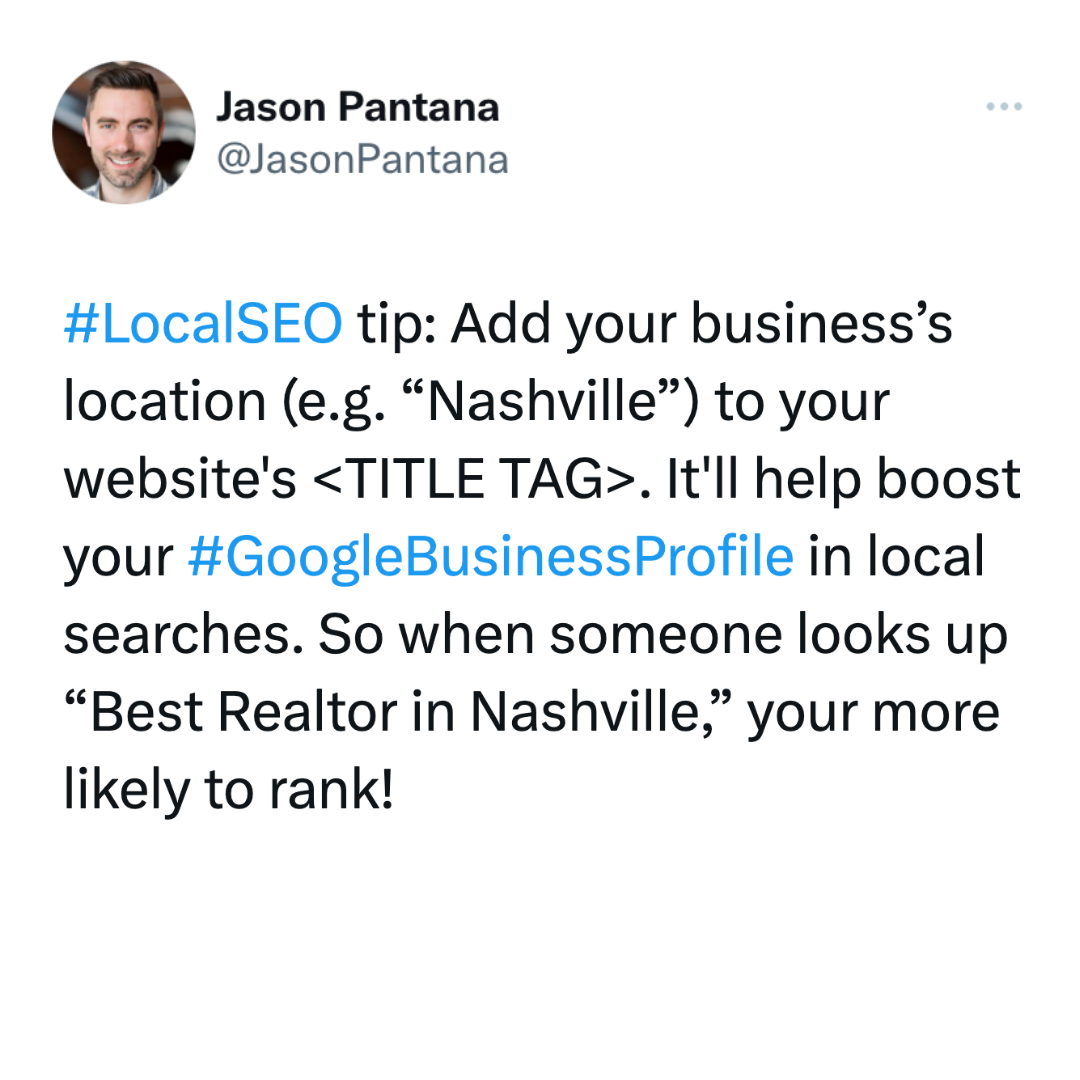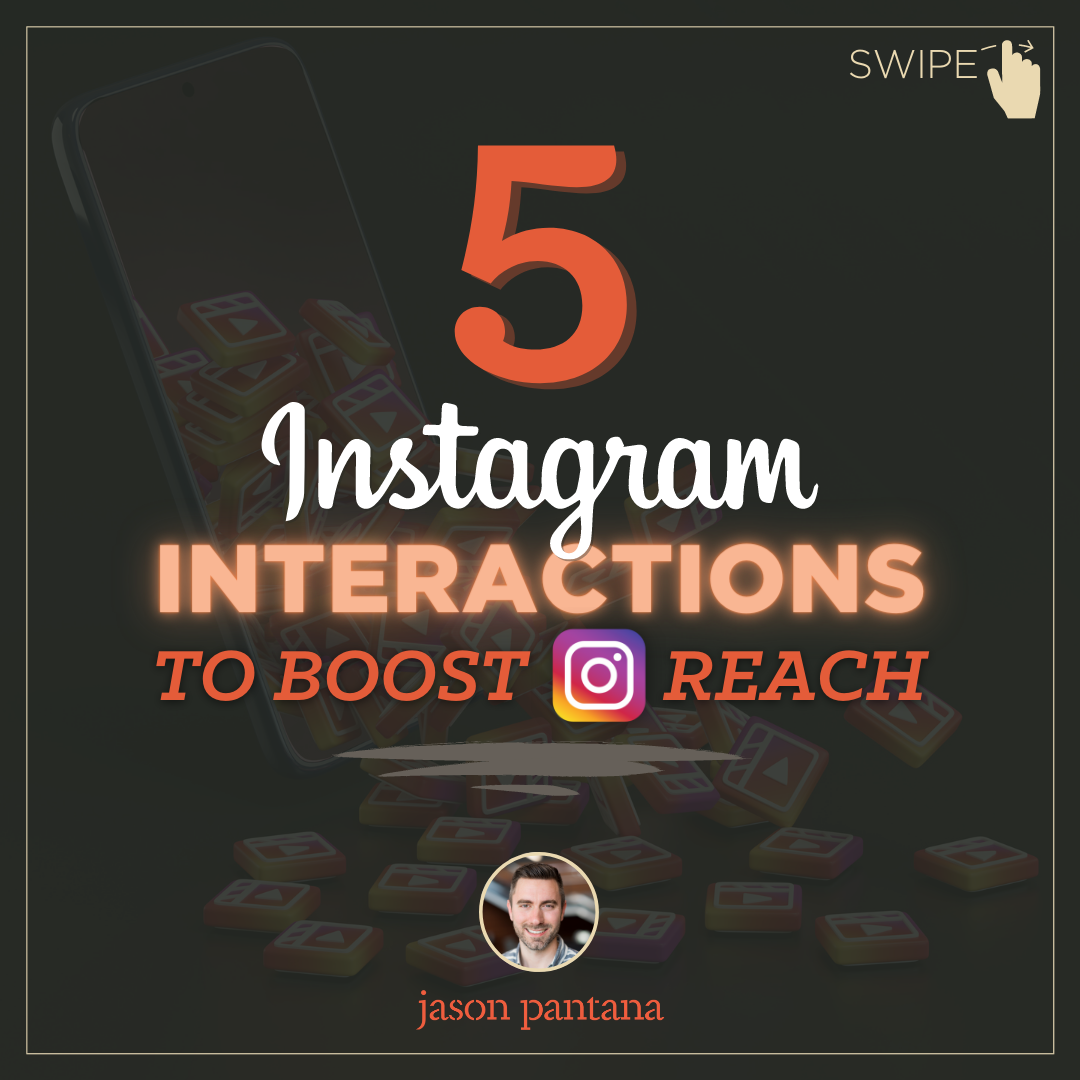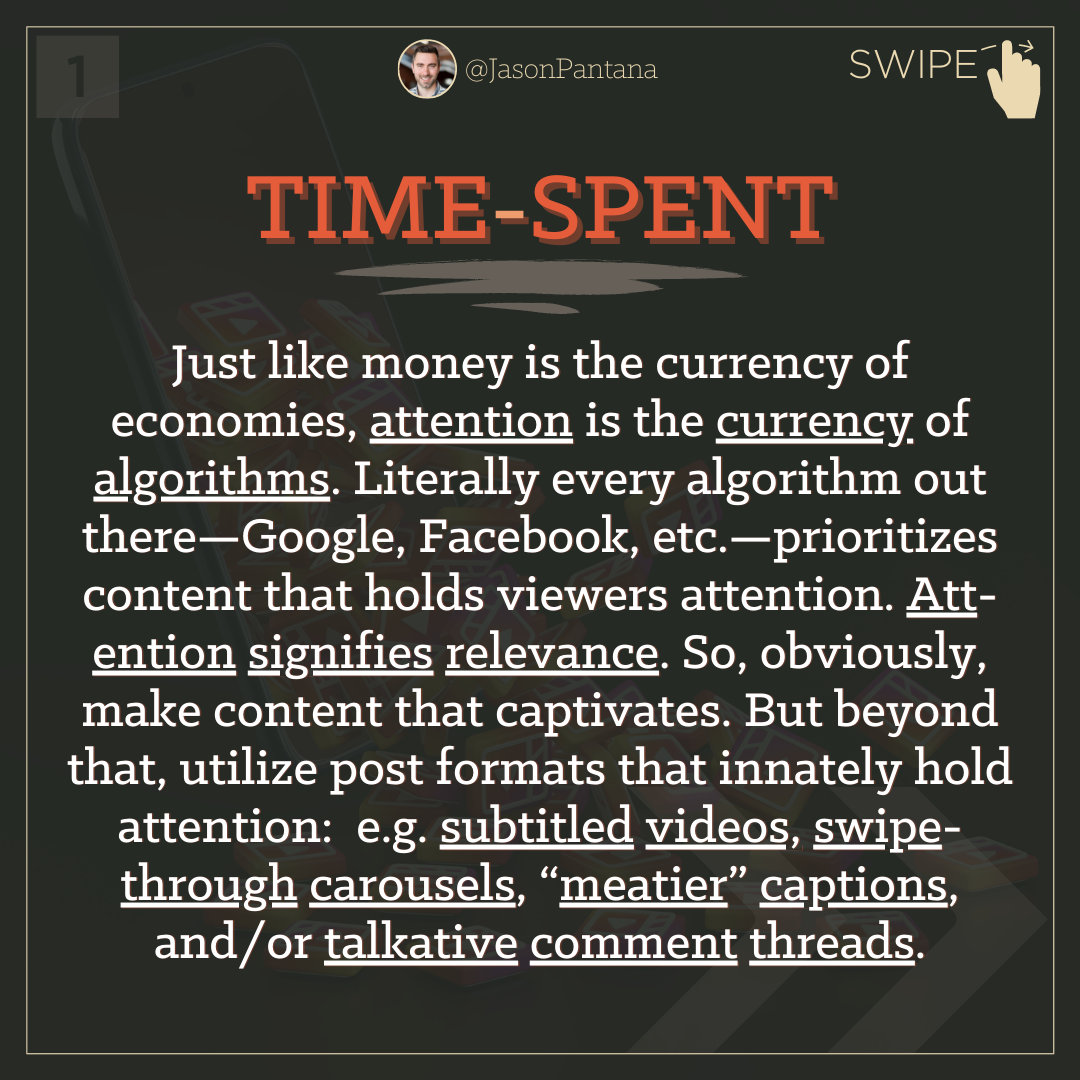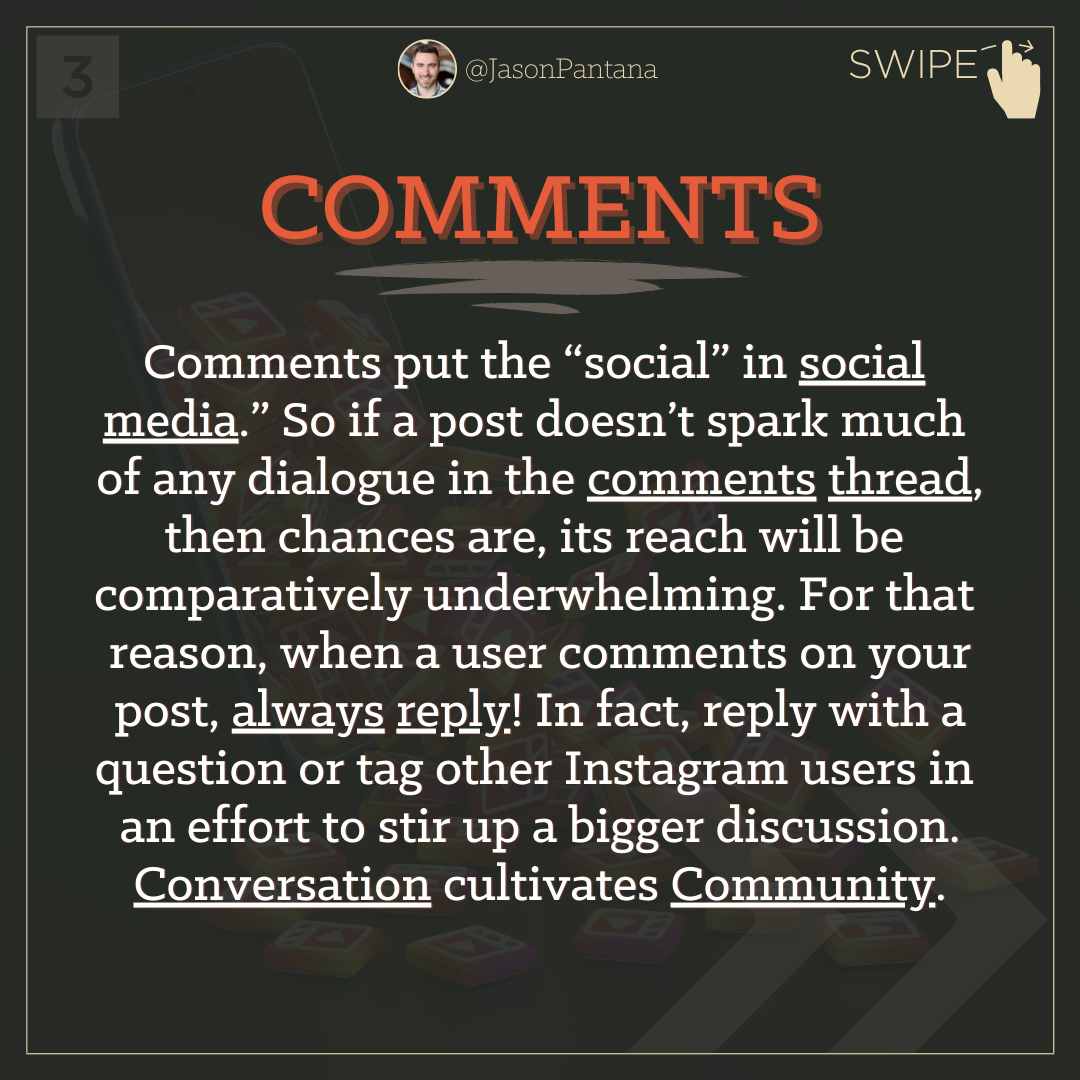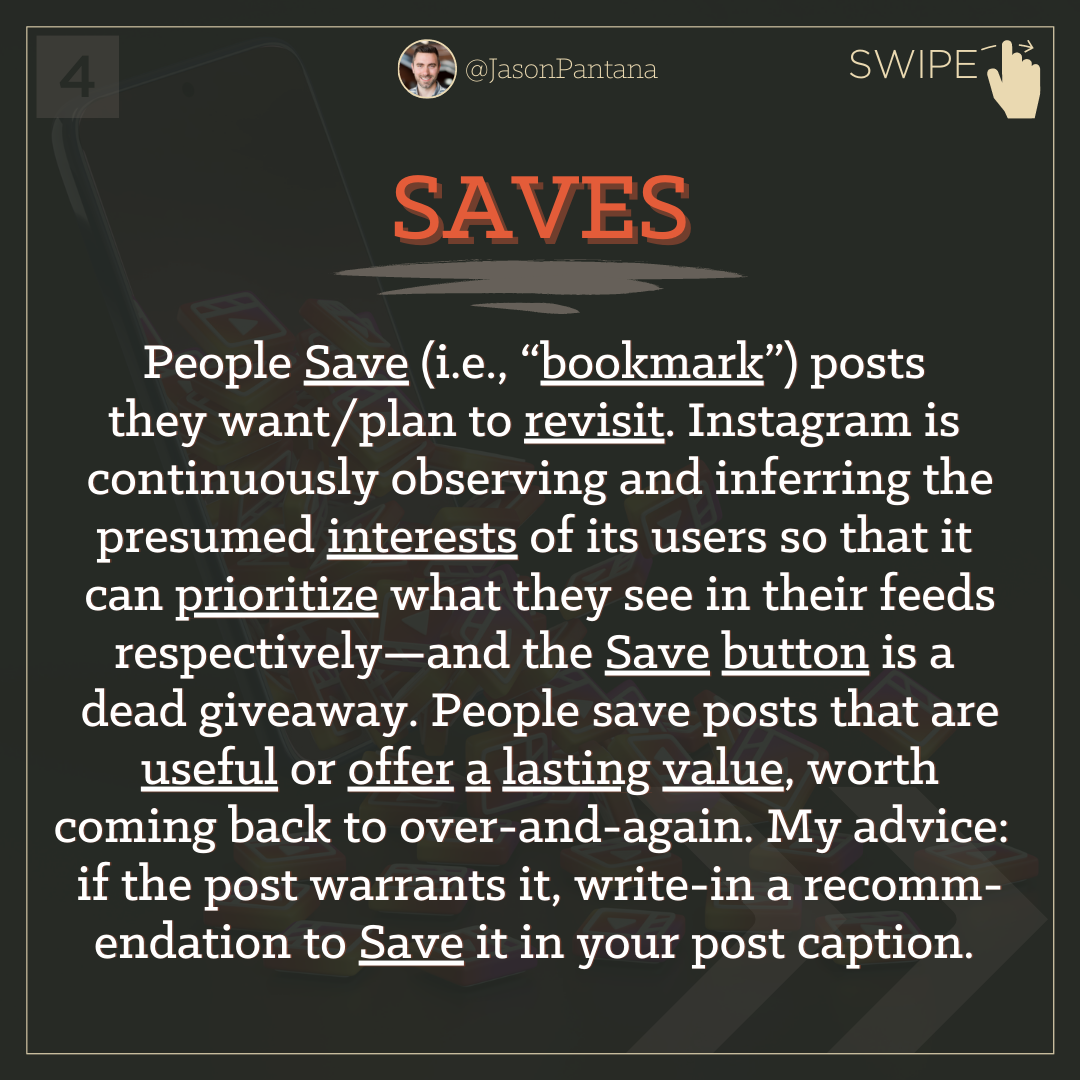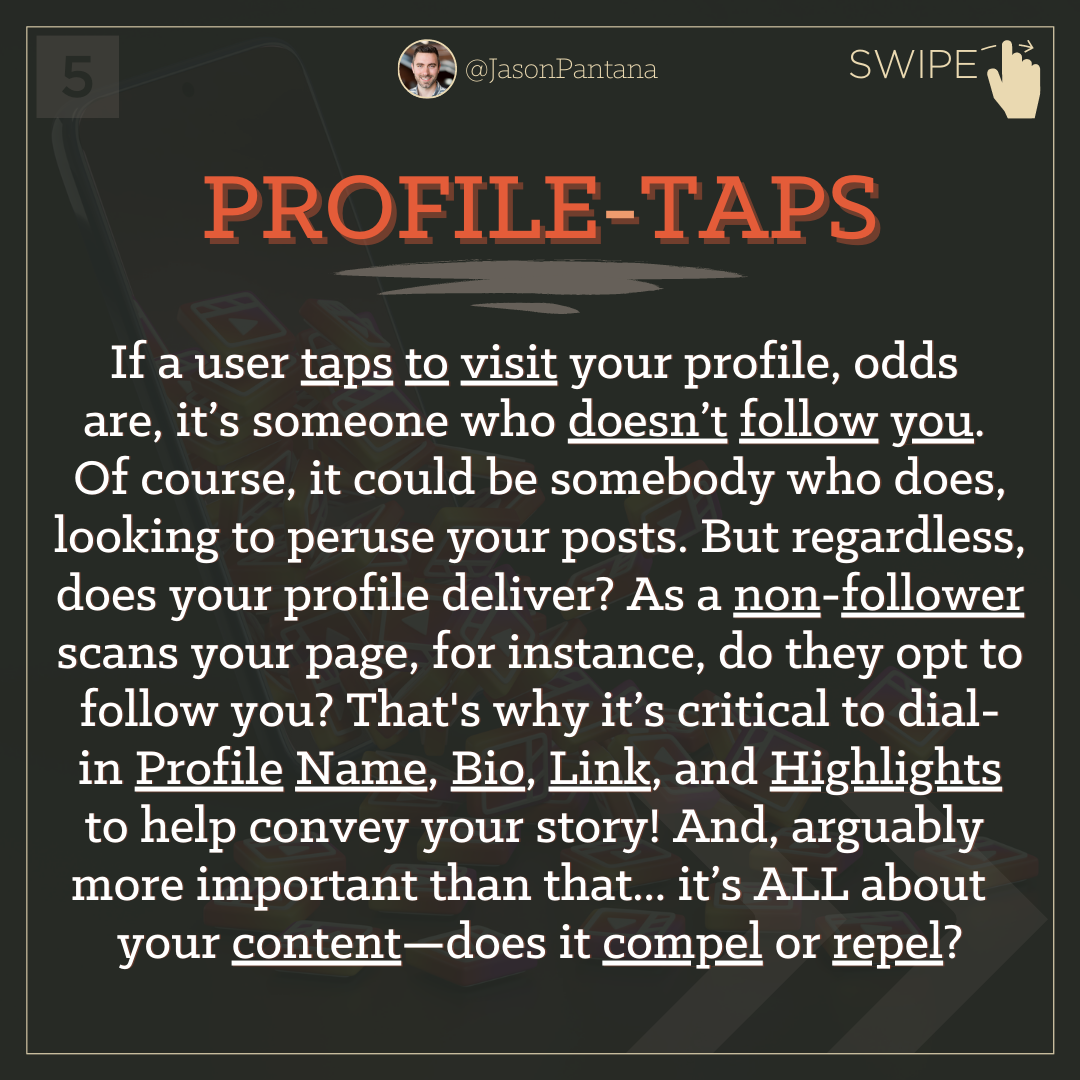It looks like Google is rolling out a new "Short Videos" tab in mobile search, gradually introducing it alongside the familiar Images, News, and Videos tabs. This section pulls content from Instagram Reels, YouTube Shorts, and TikToks. Now, traditionally, platforms like Instagram have depended on scroll-based discovery, with algorithms dictating what appears in your feed. They've always lagged behind in search functionality—but that's changing. With advancements in the generative AI language processing space, social search capabilities are improving rapidly.
In light of this change, it's becoming increasingly important to strategically optimize your content for maximum visibility. For some time now, I've been encouraging you to embed top keywords into your post captions and video transcripts to enhance discoverability on high-intent searches. With Google's new tab for short videos, the significance of SEO on social platforms has been underscored even more. Now, more than ever, it’s essential to refine your SEO strategies to ensure your content stands out amidst the digital noise and reaches your target audience effectively. It's time to get savvy with keywords and leverage this new opportunity to enhance your online presence.
P.S. Keep in mind, this appears to be a test they’re rolling out gradually. You may not find it on your device yet. I have a Google alert set up for whenever my name shows up on the Internet. I started noticing a few months ago that my Instagram Reels were indexing with Google, as I was getting alerts. That was new. It seems as though this is the continuation of that effort – a dedicated vertical video feed on Google!

